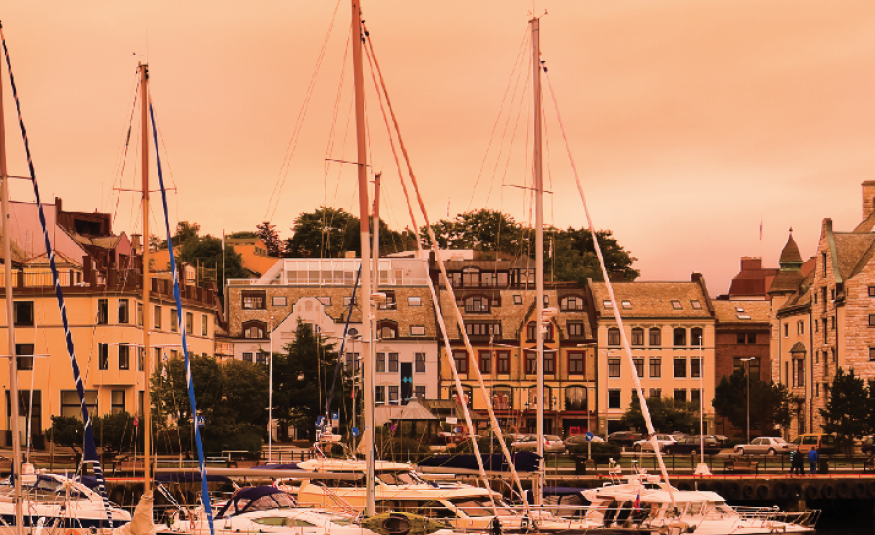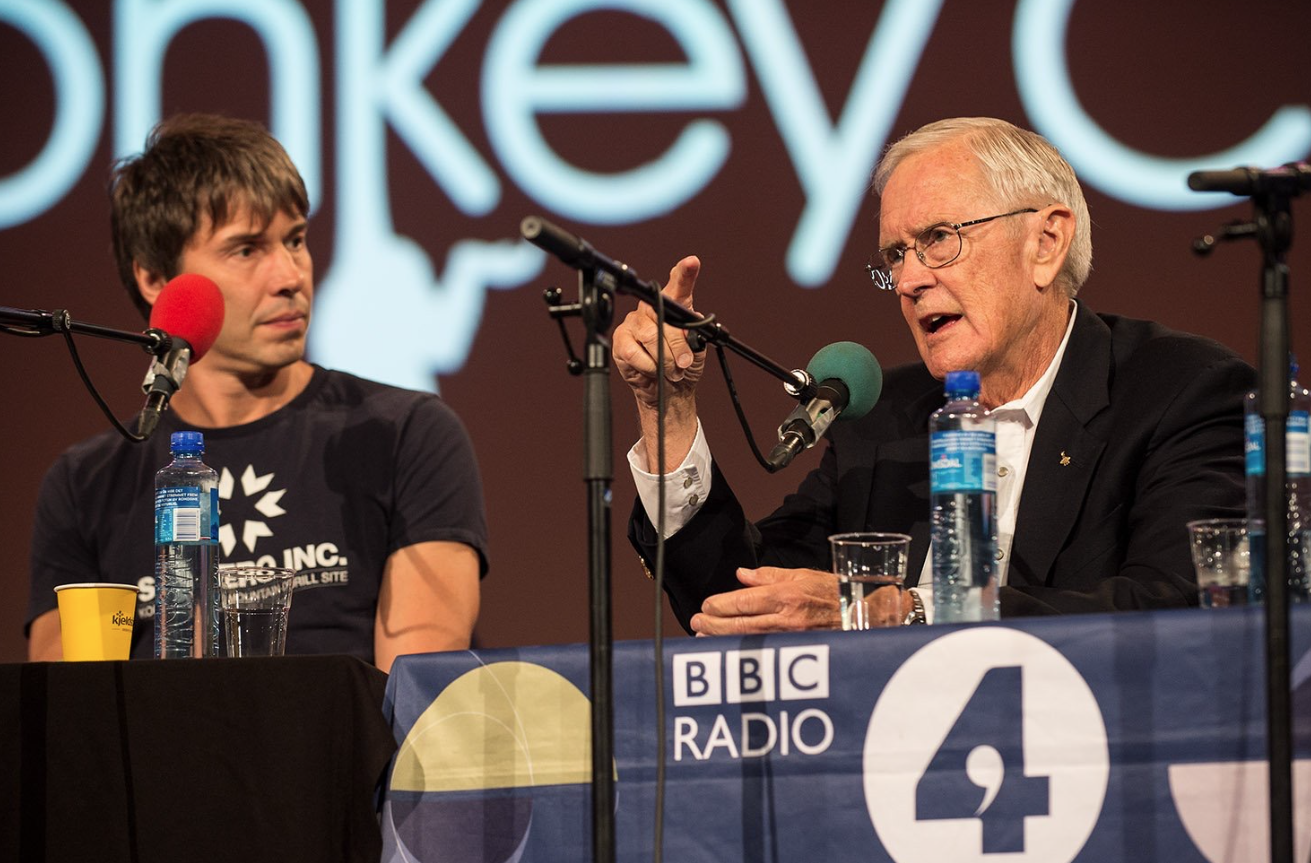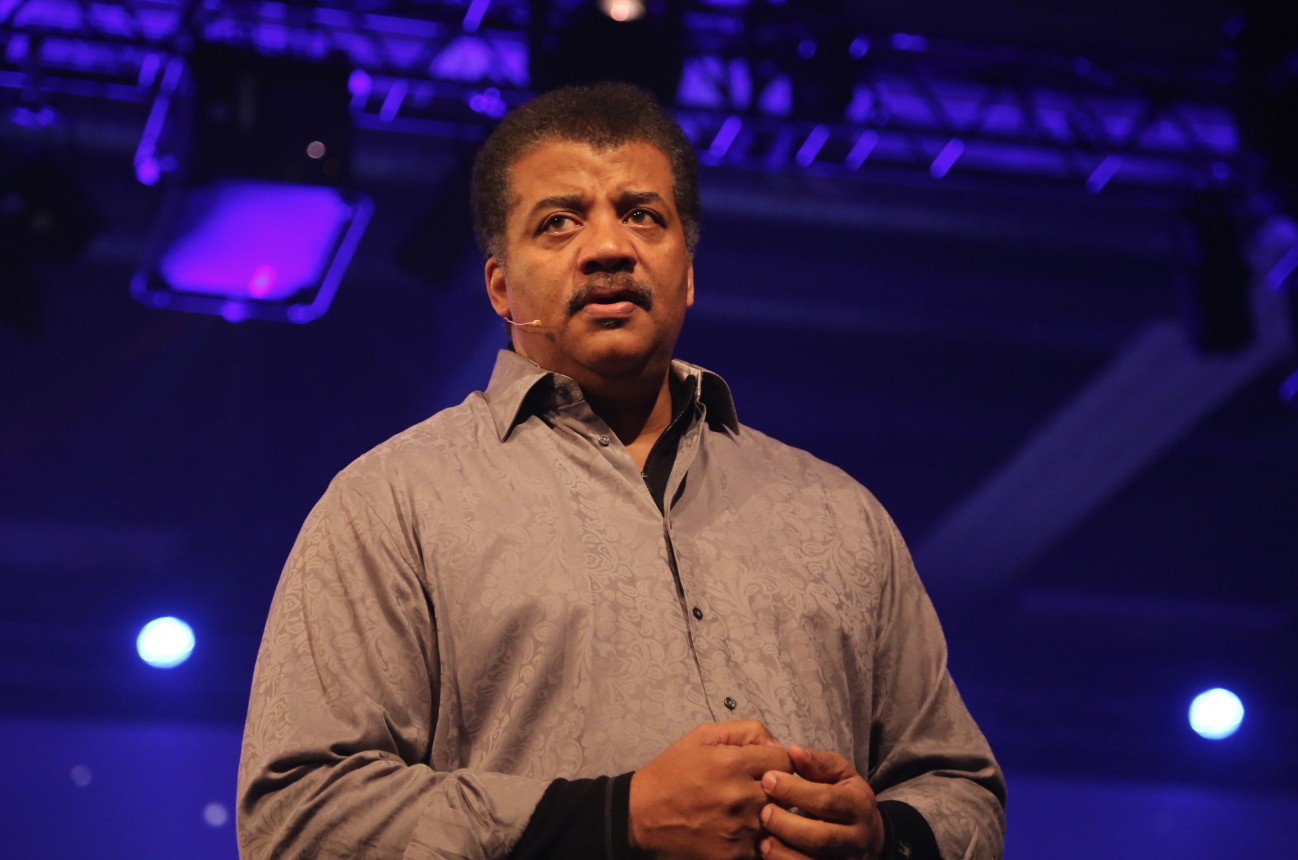Words by Antony Reeve-Crook, director of ArciMedia and author of Where Markets Meet; The Story of the Modern Exhibition.
Innovation sits at the core of every exhibition. Every edition a successful organiser will match exhibitors seeking to display it with buyers hoping to find it. And, academia – the universities and colleges that every year release a new brood of current and future innovators – are the institutions that hope to provide it.
Trondheim, a city of 150,000 people in central Norway, is a destination built on the ability of its inhabitants to innovate. In this year’s EU Innovation Scoreboard it placed 16th out of 220 surveyed cities.
Boasting 38,000 students and an infrastructure optimised for ease of doing business, with infrastructure that enables cheap travel, access to and ample provision of venues suited to large scale business events, all set against a backdrop of academic and industrious development; it remains one of northern Europe’s most unsung exhibition destinations.
This year the city hosted Starmus, a city-wide convention and exhibition – the brainchild of astrophysicist Galik Israelian, who sought to gather leading scientists in a fusion of science, music and art.
In his own words: “The principle idea behind the festival is inspiration – to inspire and bring imagination and exploration, in the hands of the best scientists”. Let us not forget, inspiration often leads to innovation.
This year the event’s keynote was Stephen Hawking. Sadly, ill health meant he had to present it from his base in Cambridge, UK, appropriately appearing onstage through the technological facilitation of Skype. Buzz Aldrin, scheduled to attend, also appeared via video link, his larger-than-life presence otherwise undiminished. Elsewhere, American astrophysicist, author, and science communicator Neil Degrasse Tyson took to the stage.
But the stage was shared by many other leading lights of the scientific and artistic community besides. And not all from the field of science. Director Oliver Stone was there, as was veteran broadcaster Larry King.
The event, filmed by national broadcaster NRK, took place at Trondheim Spektrum, home to events such as the marine exhibition Aqua Nor, and a five-minute coach trip (10 minutes city bike) from the town centre, and can accommodate 3,400 sitting or 6,000 standing. For exhibitions the venue is currently renovating some of its oldest space in order to increase the total covered exhibition space to 10,000sqm by the end of 2019.
Both the exhibtions Aqua Nor (2017) and the marine event Norfishing (2018) are both held at Spektrum, the latter featuring 20,000 visitors from 60 nations.
From the cosmos to underwater exploration
So why was the eminent Starmus crowd in Trondheim and not the more immediately recognisable cities of Oslo or Stavanger? Well, with the collapse of the oil industry up in Stavanger and to a lesser extent Bergen, Norway’s economy is increasingly built on diverse technological development. The desire to be considered a nation’s ‘Silicon Valley’ is an over-used analogy, but in Trondheim at least it seems appropriate. The city is rich in innovation.
Norway’s industry is built in large part on major marine engineering projects, and many of them have taken shape in the central Trøndelag region surrounding Trondheim. These include the oil exploration Troll A platform, a condeep offshore gas platform in the Troll gas field off the west coast of Norway, which stands higher than the Empire State Building; operated by the Norwegian multinational oil and gas company, Statoil ASA, the world’s 26th largest company in terms of profit.
There is of course more in Norway’s sea than gas. SalMar, one of the world’s largest and notably most efficient producers of farmed salmon, is also based in the Trøndelag region. It is the company behind Ocean Farm 1, the world’s first offshore fish farm. Again this is an engineering first that speaks to Trondheim’s international partnerships. Too big to be built in Norway, the 110 metre-wide structure was contracted out to the China Shipbuilding Industry Corporation (CSIC) in QingDao, China, before being placed in the Trøndelag region. It is designed to test both the biological and technological aspects of offshore fish farming; arguably the most sustainable source of meat for human consumption.
The city would be well suited to hosting seafood and mining exhibitions. The Norwegian Ministry of Fisheries and Coastal Affairs recently decided to award development licenses for aquaculture purposes. It hopes that in doing so, it will spur activity in the new technology concepts that can ensure sufficient growth while also ensuring environmental sustainability. It’s a fair bet that more will follow the example being set by the Ocean Farm 1 full-scale pilot facility.
The same applies to marine technology shows. The vessels that are being created for use in these fields are put to the test at Tyholt near Trondheim, which has the Ocean Space Center Norway – designed by architects Snøhetta. This is also known as the Marine Technology Research Centre.
Plans are now in place for the creation of a completely new Marine Technology Research Centre closer to Trondheim’s city centre.
The bodies behind the innovation
Powering much of Trondheim’s innovation and development is the esteemed Norwegian University of Science and Technology (NTNU). This institution plays a leading role in establishing Trondheim, and Norway, as an international player with competitive strengths in addressing global challenges.
It is home to the neuroscientists May-Britt and Edvard I. Moser, who were awarded the Nobel prize in Physiology and Medicine together with John O’Keefe of University College London in 2014. Edvard was largely responsible for the 2017 edition of Starmus being held in Trondheim, and it could well be that following positive reviews the event returns for its next edition in 2019.
The NTNU is supported in its endeavours by SINTEF, the largest independent research organisation in Scandinavia, operating on a mantra of ‘Technology for a Better Society’. It has 2,100 employees from 70 countries and annual turnover of NOK 3.2bn (EUR 400m), earned from customers in more than 60 countries.
It appears to be an effective collaboration, and this is one of the key contacts for organisers looking to bring their exhibitions to Trondheim.
So what is the bad news? Well there is no escaping the fact that Norway remains a rather expensive place to visit, second only to Switzerland on the Economist’s famous Big Mac Index at US$5.67 or 12 per cent over what you may expect to pay, taking into account currency exchange rates.
But tailoring consumer habits are key here. The high tax levied on alcohol means a pint of lager will cost you around EUR11 in an average bar – double the cost of a beer in London even. However the room you stay in will cost you no more than you’d expect to pay in any comparable European city. The task falls to organisers to remove unnecessary costs while investing carefully where money should be spent.
Trondheim may be expensive, but for a place in which progress and innovation appears to permeate every building, person and event, it none the less offers organisers an outstanding place to put global markets in touch with innovation.








